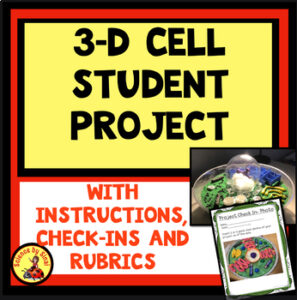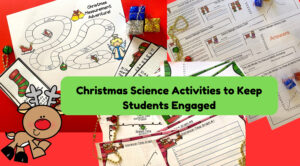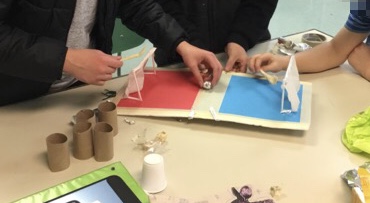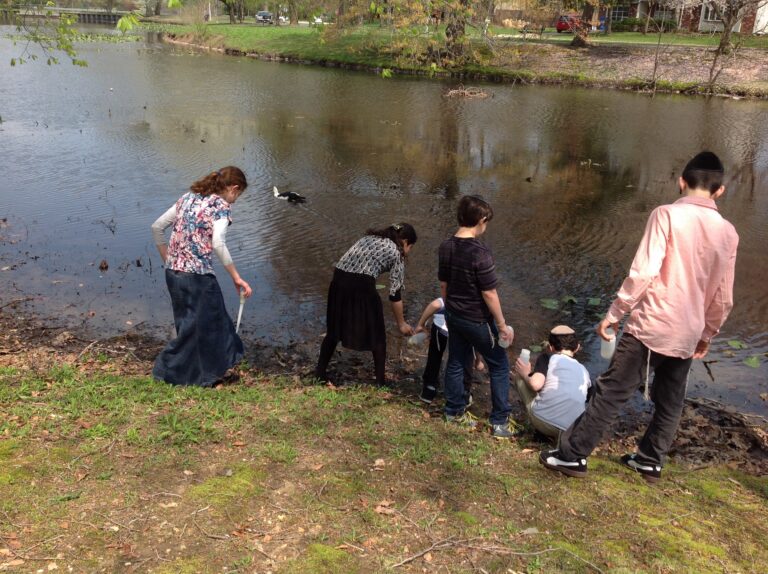Create a Cell Model with Recyclables
Do you want your students to create a creative cell model project, using recyclables, but you’re not sure where to start and how to structure it?
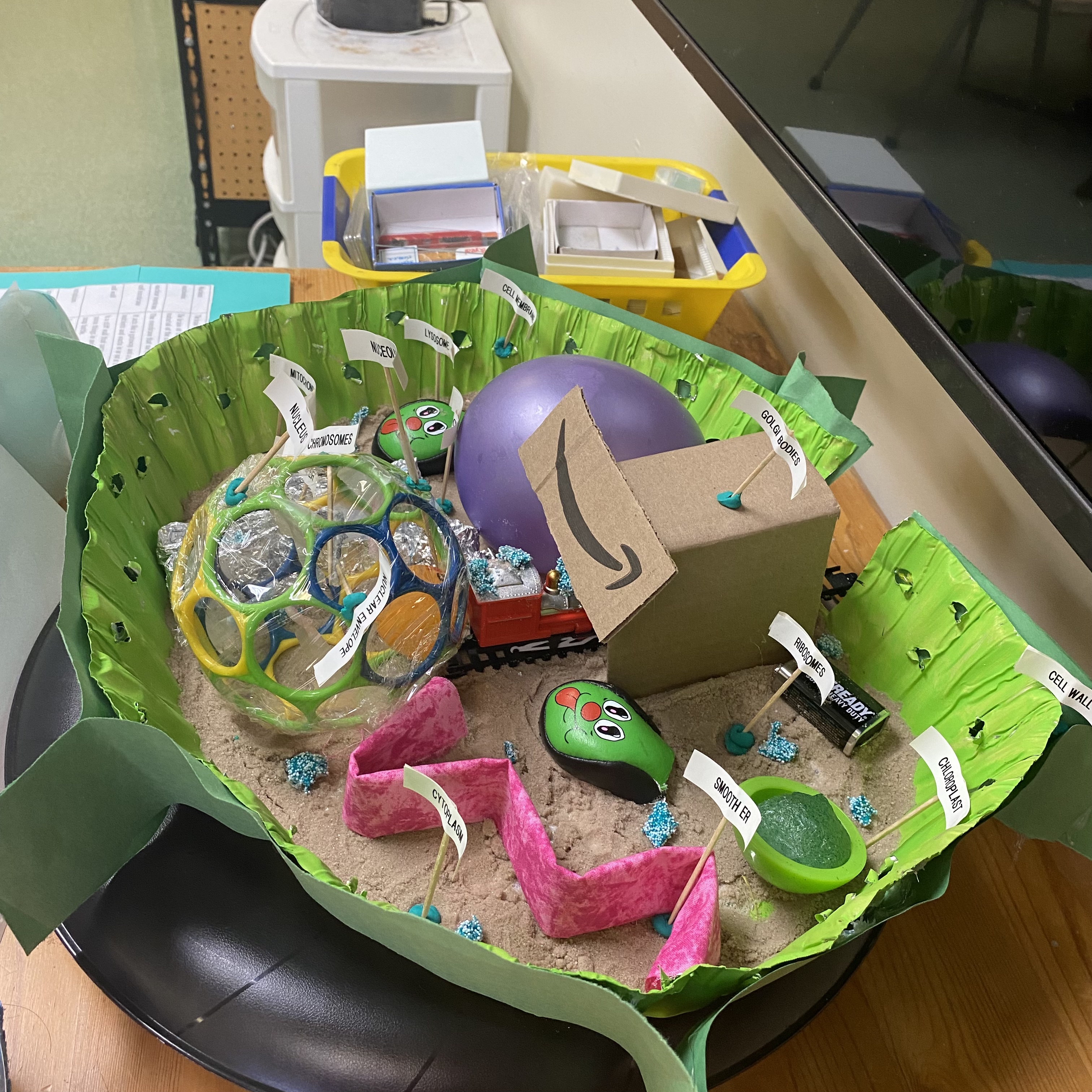
Create a Cell Model with Recyclables
October 11, 2023
I put together a structured set of directions so that the students don’t get distracted and off task. I believe accountability and time management are the secret to any successful project.
Using Creativity to Select Organelle Materials
What I like about this project is that the students are using their creativity as they research the organelle’s shape and function. Using only recycled materials, students try to replicate the approximate shape of each plant or animal cell organelle. I don’t allow food because I don’t want ants and other critters crawling around my classroom as I put these on display.
I keep these projects in the back of the classroom for a while so we can refer to them throughout our life science unit.
The Cell Model Project Parameters
I learned the hard way to put size restraints on the cell projects. I usually say it shouldn’t be bigger than a large pizza or smaller than a dessert plate. You will need to determine whether the students are working on this in your classroom or at home. With my population, I have had success with them working on it at home because of the project check-ins. However, you could easily set up an area of your classroom with materials for them to work on it.
Students are required to represent each organelle and they should try their best to match the basic shape that they have learned through research. They will label the cell with typed labels or reference numbers for a typed key. They will also need to briefly describe what each organelle does for the cell.
After assembling the cell, students will present it to the class through a video or an in-person presentation.

The Project Specifics
Students are given a list of twelve organelles to include and two extra ones for plant cells, which are the chloroplasts and the cell wall. I tell students that they will get more credit if they tackle a plant cell.
We start with a brainstorming session, in school, where students will figure out what their base will be. I have found this to be super important because they may start building their cell and then they find that they can’t pick it up! Students have used cookie sheets, heavy cardboard, boxes etc. to support their projects.
One of the things I ask students at the beginning is how they will get the cell to school if they ride a bus. They need to think about how big their project will be and how stable. This is super important to talk about at the FRONT end of the project. I definitely learned THAT the hard way!
During the brainstorming session, they should also have ideas for what materials they will be using to represent the organelles. I’ve had students use pieces of old toys, batteries for the mitochondria, yarn, balloons, dental floss, etc. They have fun going through their house looking for materials to fit the shape of the organelles!
Cell Project Check-in Forms
Since I tend to have students do this project at home, I require project check-ins. The check-ins have students write one or two sentences about what they have done on the project so far. I ask them what they will do next and if they need any help. In my product I have included a rubric just for grading the check-ins. That makes a big difference in accountability, plus it’s extra grading data for you.
If you are doing this in your classroom, I recommend still having a project check-in that the students must fill out. They include what they have accomplished so far and what they plan to do next.
I am in the unique and wonderful situation that allows the students to bring their iPads home every night. I have them do PHOTO check-ins as well. Seeing a picture is worth 1000 words!
Time Frame
I tend to give the students at least a week to finish this project if it is at home. If I’m doing it in class, it is generally three 40 minute class periods. I let them know when the presentation date will be and the students will either create a video or do a standard classroom presentation. I have included a final project rubric to help grade it. I always show the students the final rubric somewhere near the beginning of the project so they know what they are working towards.
Conclusion
What I love about this project is that, year after year, the students are super creative and come up with completely different projects than I have seen before! Because they are working with the vocabulary, while creating the key with the organelle functions, student retention has increased.
You can find the project directions, check-ins and rubrics for this cell project at Teachers Pay Teachers in my store called Science by Sinai.


